Conflict Resolution Styles Worksheet
Conflict resolution is an essential skill that everyone should have in their toolkit. Whether you want to improve your communication at work, navigate difficult conversations with loved ones, or simply enhance your problem-solving abilities, a conflict resolution styles worksheet can be a useful resource to guide you. This worksheet is designed to help individuals identify their default conflict resolution style and understand how it affects their interactions with others. If you're someone who is interested in gaining self-awareness and learning effective strategies to manage conflicts, this worksheet is for you.
Table of Images 👆
More Other Worksheets
Kindergarten Worksheet My RoomSpanish Verb Worksheets
Cooking Vocabulary Worksheet
My Shadow Worksheet
Large Printable Blank Pyramid Worksheet
Relationship Circles Worksheet
DNA Code Worksheet
Meiosis Worksheet Answer Key
Art Handouts and Worksheets
7 Elements of Art Worksheets
What is the definition of conflict resolution?
Conflict resolution is the process of resolving disputes or disagreements between two or more parties through communication, negotiation, and problem-solving techniques in order to reach a mutually acceptable solution. It focuses on finding a peaceful and constructive way to address differences, improve relationships, and prevent future conflicts.
What are the five main conflict resolution styles?
The five main conflict resolution styles are collaborating, compromising, avoiding, accommodating, and competing. Collaborating involves seeking a win-win solution through open communication and cooperation, compromising involves finding a middle ground acceptable to both parties, avoiding entails ignoring or withdrawing from the conflict, accommodating involves giving in to the other party's needs or preferences, and competing centers on pursuing one's own interests without considering the other party's perspective. Each style can be effective depending on the situation and the desired outcome of the conflict.
How does the collaborating style differ from other styles?
The collaborating style of communication differs from other styles in that it emphasizes a win-win outcome through open communication, active listening, and mutual respect for all parties involved. Rather than focusing on one's own needs or power dynamics, collaborators work together to find a solution that benefits everyone. This style encourages creativity, cooperation, and problem-solving skills, making it a effective approach for building strong relationships and fostering a positive work environment.
When is the avoiding style an effective conflict resolution approach?
The avoiding style is an effective conflict resolution approach when the issue at hand is trivial and not worth the time and energy required for resolution, when emotions are running high and individuals need time to cool down before addressing the conflict, or when there is a power imbalance that makes it difficult for parties to engage in a constructive dialogue. Additionally, avoiding may be appropriate when the conflict is better addressed through a different means or at a different time, or when pressing matters demand immediate attention and conflict resolution can be postponed.
What are the potential drawbacks of the competing style?
Some potential drawbacks of the competing style include creating a win-lose mindset in which one party triumphs at the expense of the other, leading to strained relationships and lack of cooperation. Additionally, a focus on competition may hinder open communication and problem-solving, as individuals may prioritize their own interests over finding a mutually beneficial solution. This style can also foster resentment and negative emotions, reducing the likelihood of future collaboration or compromise.
How does the compromising style aim to resolve conflicts?
The compromising style aims to resolve conflicts by finding a middle ground or mutually acceptable solution through making concessions and adjustments from both parties involved. This approach prioritizes reaching a quick resolution that involves give-and-take, with each side compromising on some aspects of their positions to meet in the middle and avoid escalating tensions.
In what situations does the accommodating style tend to be used?
The accommodating style is typically used in situations where maintaining relationships and harmony are more important than asserting one's own needs or opinions. This style is often employed when resolving conflicts between individuals who have unequal power dynamics, when consensus is needed for decision-making, or when fostering cooperation and teamwork within a group. It prioritizes understanding others' perspectives, building trust, and finding mutually agreeable solutions to conflicts.
What are the key characteristics of the compromising style?
The compromising style in conflict resolution involves seeking a middle ground by making concessions to reach a mutual agreement. Key characteristics include flexibility, willingness to give and take, focus on finding a solution that partially satisfies both parties, and the ability to prioritize maintaining relationships over achieving individual goals. This style aims to promote cooperation, harmony, and a sense of fairness in resolving conflicts.
How can the collaborating style lead to win-win outcomes?
Collaboration can lead to win-win outcomes by fostering open communication, mutual respect, and shared problem-solving. When individuals or groups work together in a collaborative style, they are more likely to consider each other's perspectives, needs, and interests, leading to creative solutions that satisfy all parties involved. By focusing on cooperation and teamwork, collaboration can help build trust and relationships, ultimately resulting in win-win outcomes where everyone benefits and feels valued.
What are some practical strategies for improving conflict resolution skills?
Some practical strategies for improving conflict resolution skills include active listening to understand others' perspectives, maintaining a calm and respectful demeanor during discussions, asking clarifying questions to clarify issues, finding common ground to work towards a mutually acceptable solution, and being willing to compromise when necessary. Additionally, practicing emotional intelligence by recognizing and managing your own emotions, being open to feedback, and seeking out training or coaching in conflict resolution can also be helpful in honing these important skills.
Have something to share?
Who is Worksheeto?
At Worksheeto, we are committed to delivering an extensive and varied portfolio of superior quality worksheets, designed to address the educational demands of students, educators, and parents.

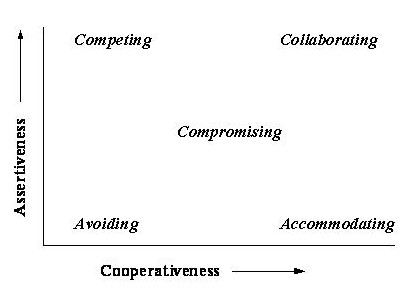



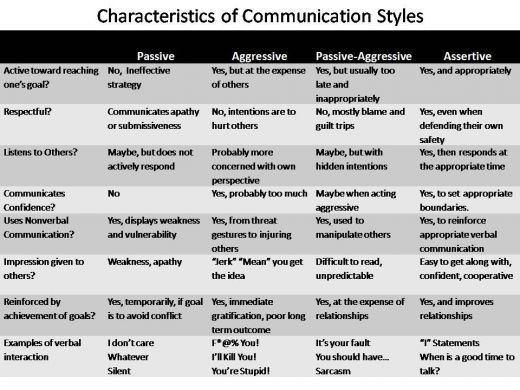
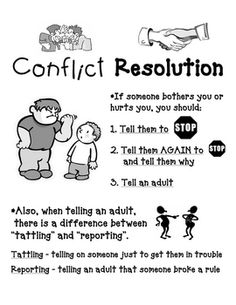
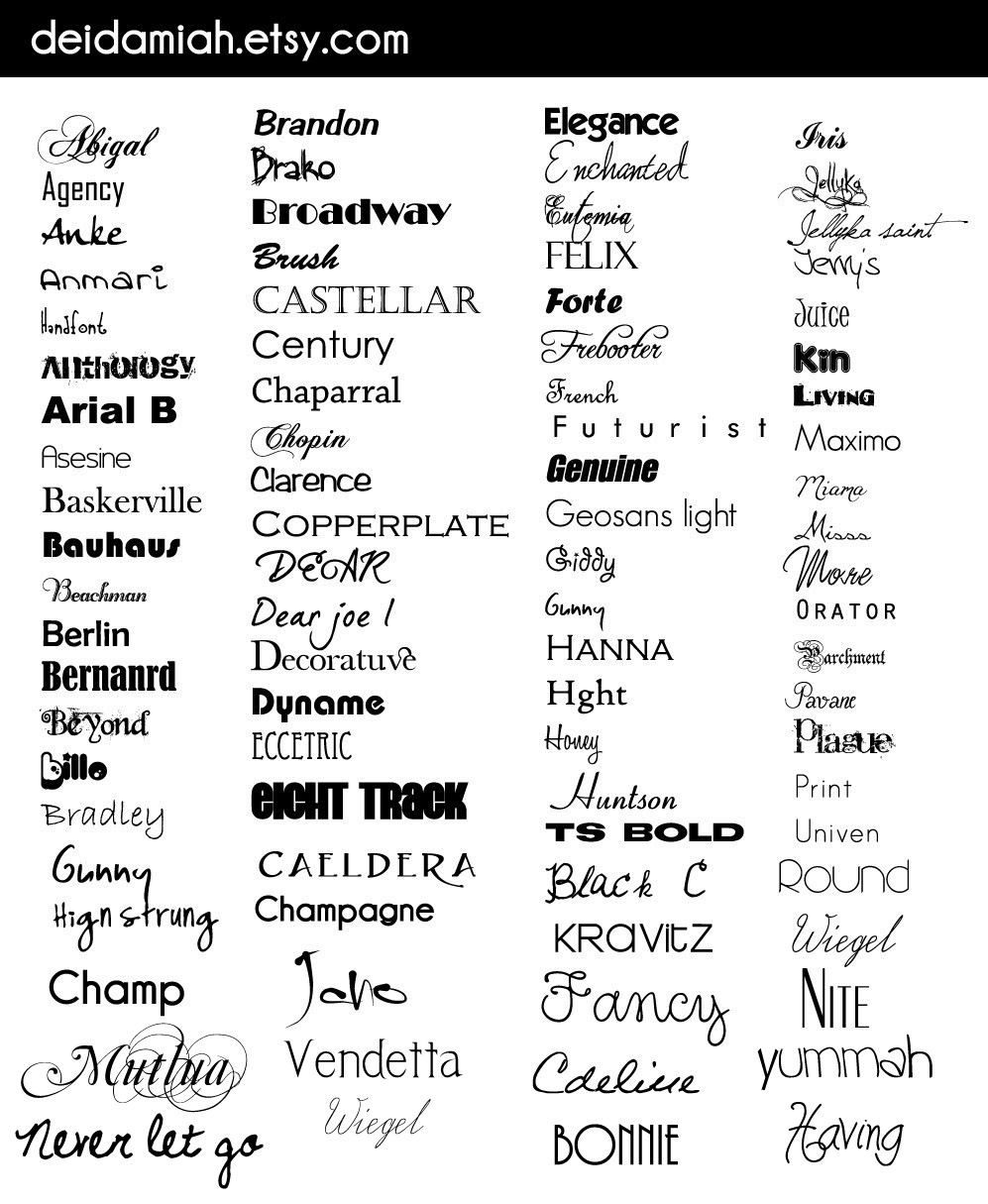
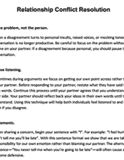
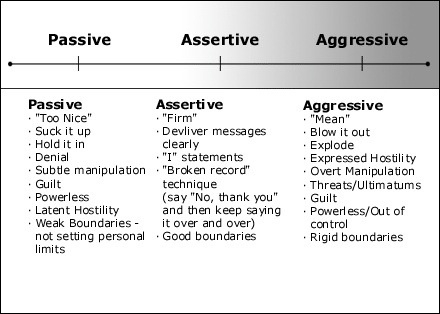
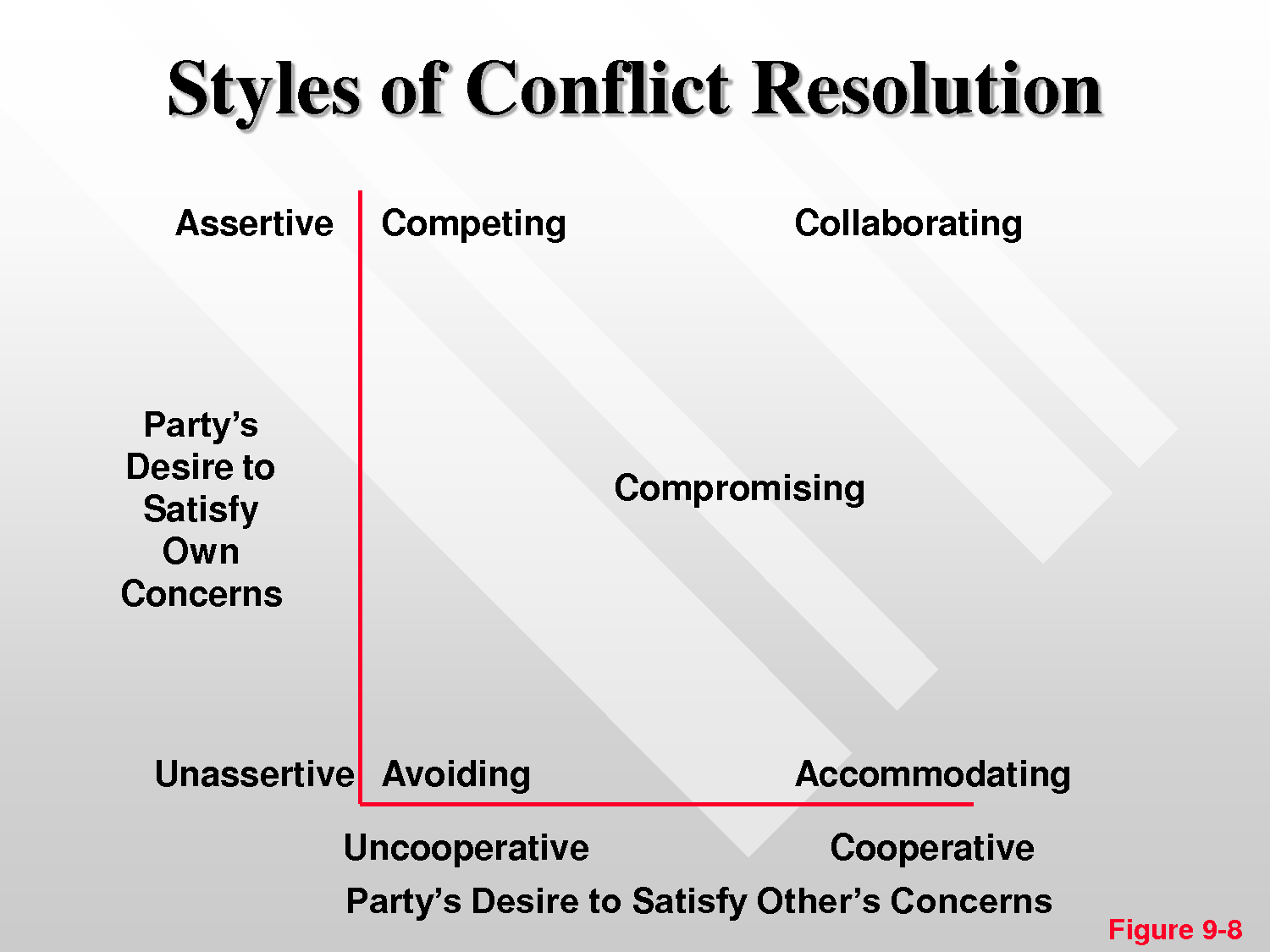















Comments